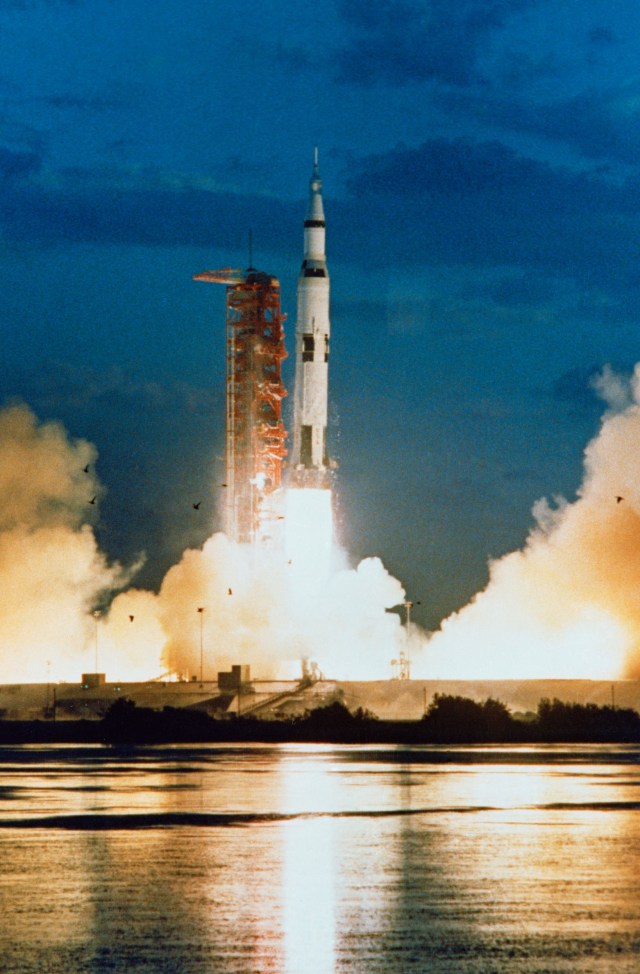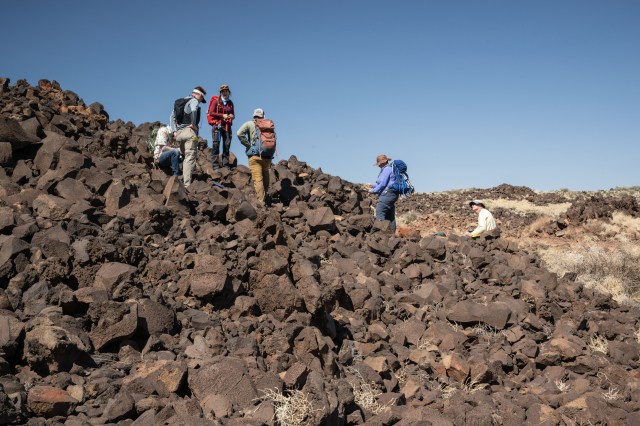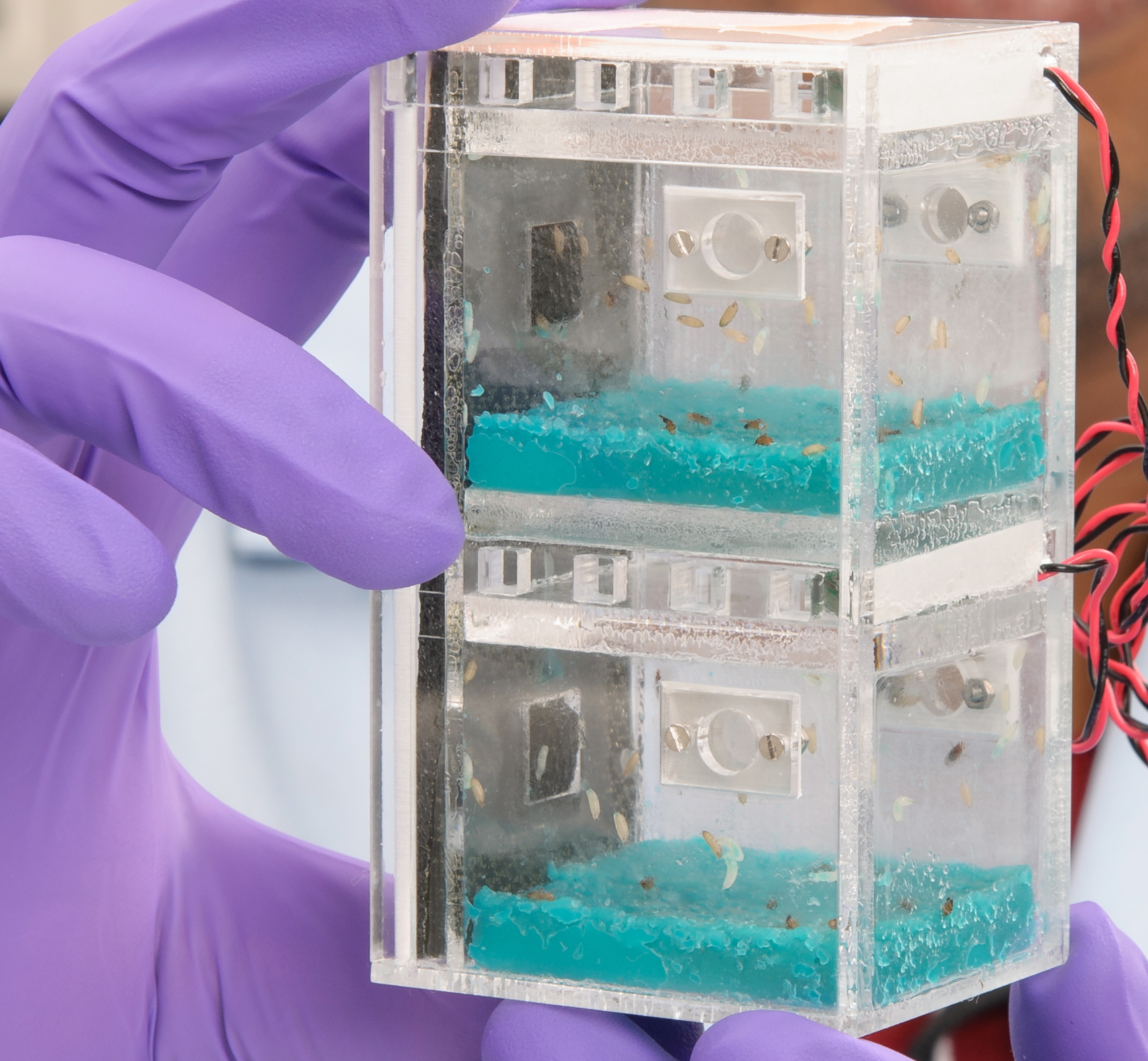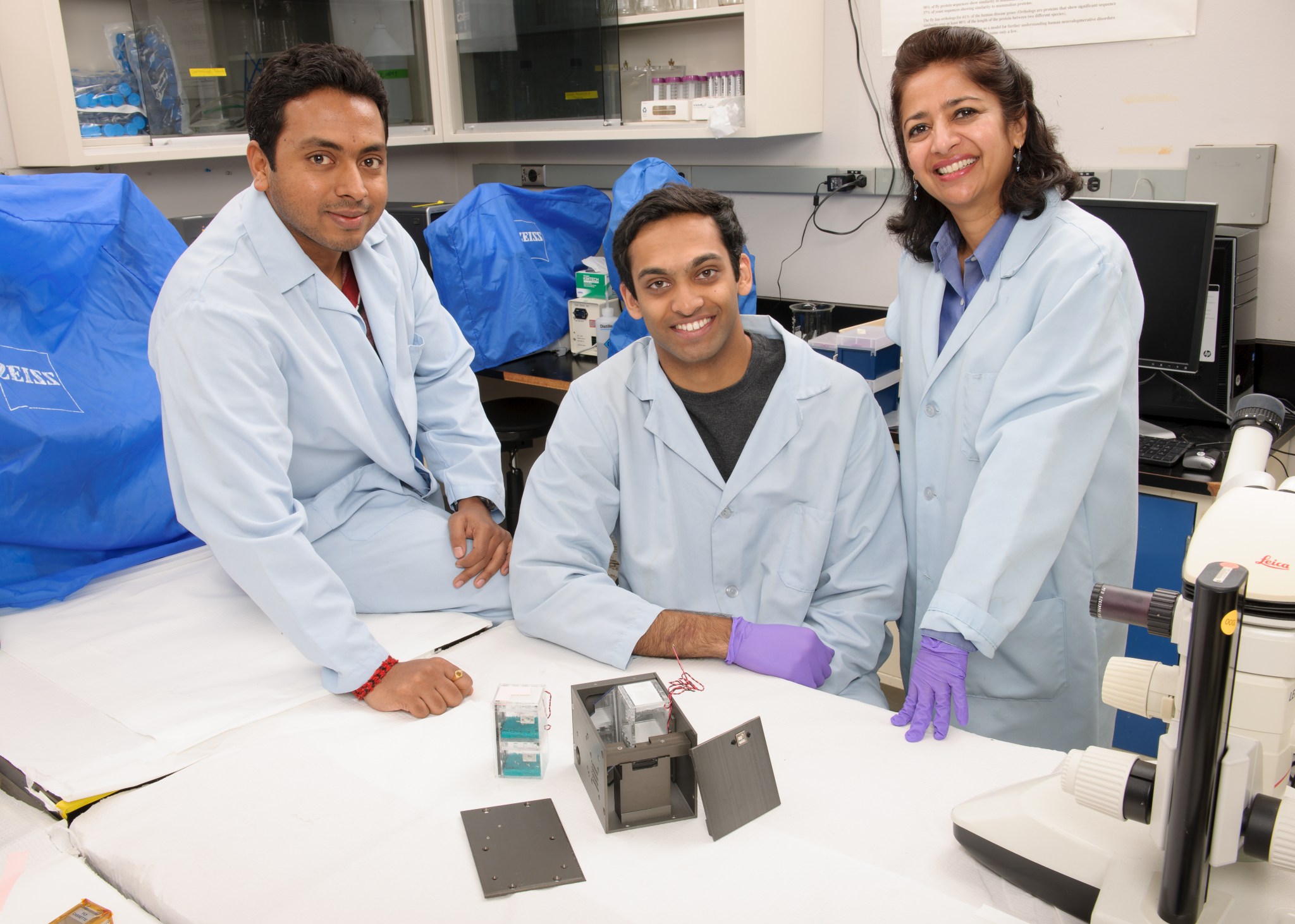AFEx (SpaceX-4)
The purpose of the Ames student Fruit-Fly Experiment (AFEx) is to gain a better understanding of relationship between oxidative stress and neurobehavioral adaptation to microgravity in the fruit fly—Drosophila melanogaster. This experiment is the result of a collaboration with the American Society for Gravitational and Space Research, which initiated this project to give college students hands-on experience doing an experiment in space. NASA and Nanoracks are providing the technical guidance and the spaceflight opportunity to enable the students to complete this experiment. Dr. Sharmila Bhattacharya, Director of the Biomodel Performance Laboratory in the Space Biosciences Division at NASA Ames, has used her extensive spaceflight research experience to mentor the students in this endeavor.
Spaceflight has been shown to induce oxidative stress changes in biological organisms from fruit flies to humans. Preliminary data show that an oxidative stress-resistant fly strain, Indy, better adapts to an increased gravity environment than do wild type flies. (Indy is an acronym for “I’m Not Dead Yet”). The Ames student Fruit-Fly Experiment will test the hypothesis that under conditions of microgravity Indy flies will exhibit less change in behavior than “wildtype” control flies. Results from this investigation will help researchers assess the role of spaceflight on neurobehavioral responses as well as determine how the oxidative stress pathways may regulate these responses.
Low-resolution video footage from a previous spaceflight mission showed that fly behavior changes during spaceflight. The Ames student Fruit-Fly Experiment will collect higher resolution video data that will be used to quantitatively measure changes in fruit fly behavior during spaceflight and examine whether, after being in space for a period of time, flies can acclimate to a microgravity environment.
The Ames student team designed and built the 10 by 10 by 15 centimeter Nanoracks payload that that consists of a fully sealed, transparent, plastic habitat that houses hundreds of Drosophila melanogaster (fruit flies), a video system for behavioral monitoring, lights, vents and fans for air circulation, and sensors to measure carbon dioxide, oxygen, temperature, and humidity levels. This habitat accommodates two separate populations of flies (two different genetic strains) to be maintained for the entire duration of the mission.
Station crew will install the NanoRacks payload into a powered rack aboard the International Space Station, where it will collect data for approximately 25 to 30 days. The payload requires crew interaction during the unloading process, payload installation, STELLA data downloads (USB plug-in/out), and transfer for the payload return aboard SpaceX-4.
After splashdown, the AFEx team will retrieve the payload at the port of Long Beach in Long Beach, CA. The returned samples will contain a mix of live adult flies from multiple generations as well as younger flies at different developmental stages (embryo, larva, and pupa). These flies will be returned to the lab at NASA Ames, sorted by age, and used for a variety of experiments including molecular biological analyses, immunohistochemistry (antibody staining to detect expression of particular proteins), and microbial infection assays.
More Information:
Click to view NASA Public Affairs Officer Lori Meggs’s interview with Sharmila Bhattacharya, principal investigator for the Ames Student Fruit Fly Experiment, and Amy Gresser, Deputy Project Scientist, “Space Station Live: Fruit Flies in Space.”
Click to read the story by Curran Reddy–one of the 12 students who worked on the AFEx project–entitled “I thoroughly loved working at NASA Ames“





































